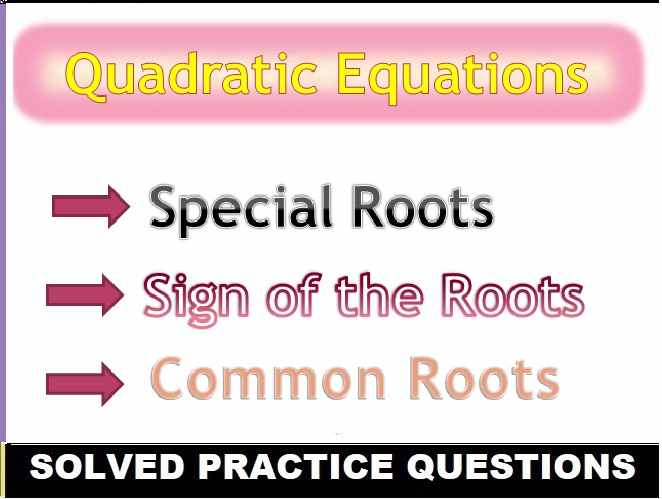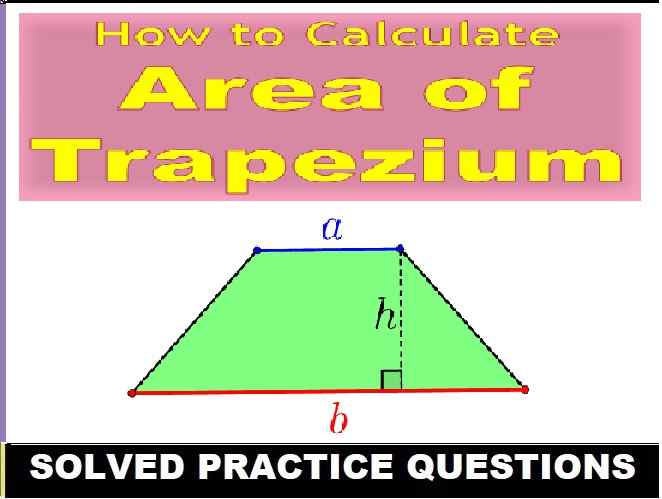Measurements and Experimentation Exe-1B Very Short Answer Physics Class-9 ICSE Selina Publishers Solutions Chapter-1. Step By Step ICSE Selina Concise Solutions of Chapter-1 Measurements and Experimentation with Exercise-1(A), Exercise-1(B) and Exercise-1(C) including Very Short Answer Type, Short Answer Type, Long Answer Type and Numerical Questions Solved . Visit official Website CISCE for detail information about ICSE Board Class-9.
Measurements and Experimentation Exe-1B Very Short Answer Physics Class-9 ICSE Concise Selina Publishers
| Board | ICSE |
| Publications | Selina Publication |
| Subject | Physics |
| Class | 9th |
| Chapter-1 | Measurements and Experimentation |
| Book Name | Concise |
| Topics | Solution of Exe-1(B) Very Short Answer Type Measurement of Length |
| Academic Session | 2025-2026 |
Measurements and Experimentation Physics Class-9 ICSE Concise Chapter-1
Note :- Before Viewing Selina Concise Physics Solutions of Chapter-1 Measurements and Experimentation Class-9 . Read the whole chapter carefully and Solved all example with Numerical s of Exercise-1 Measurements and Experimentation Class-9.
Important Point for Measurement and Experimentation
International system of unit in . Other commonly used system of unit- FPS and CGS ,Measurement using common instrument Vernier caliper , Micrometer and screw gauge for length and simple pendulum for time .
Measurement of length using vernier caliper and micrometer screw gauge . least count leads count least to an increasing an accuracy least count in Measurement and Experimentation , Vernier caliper Screw gauge in Measurement and Experimentation.
Exe-1(B) Very Short Answer Type
Measurements and Experimentation Class-9 Physics Solutions
Page 21
Que-1: Define the least count of an instrument.
Ans: Least count of an instrument is the smallest measurement that can be taken accurately with it.
Que-2: How can you decrease the least count of a vernier callipers?
Ans: The least count of a vernier callipers can be decreased by:
(a) increasing the number of divisions on the vernier scale.
(b) decreasing the value of one division on main scale.
Que-3: Define the term ‘Vernier constant’.
Ans: Vernier constant is equal to the difference between the values of one main scale division and one vernier scale division. It is the least count of vernier callipers.
Que-4: When is a vernier calipers said to be free from zero error?
Ans: A vernier calipers is said to be free from zero error, if the zero mark of the vernier scale coincides with the zero mark of the main scale.
Que-5: Name the part of the vernier callipers which is used to measure the following
(a) External diameter of a tube,
(b) Internal diameter of a mug,
(c) Depth of a small bottle,
(d) Thickness of a pencil.
Ans:
(a) Outside jaws
(b) Inside jaws
(c) Strip
(d) Outer jaws
Que-6: State the difference between positive and negative zero error of a vernier callipers.
Ans: On bringing the two jaws of a vernier callipers together, if zero mark of the vernier scale is on the right of zero mark of the main scale, the zero error is said to be positive and if zero mark of the vernier scale is to the left of zero mark of the main scale, the zero error is said to be negative.
Que-7: Define the pitch of a screw gauge.
Ans: The pitch of a screw gauge is the linear distance moved by its screw on the main scale when the circular scale is given one complete rotation.
Que-8: State one use of a screw gauge.
Ans: A screw gauge is used for measuring diameter of circular objects mostly wires with an accuracy of 0.001 cm.
Que-9: State the purpose of ratchet in a screw gauge.
Ans: Ratchet helps to advance the screw by turning it until the object is gently held between the stud and spindle of the screw.
Que-10: State the difference between positive and negative zero error of a screw gauge.
Ans: If on bringing the flat end of the screw in contact with the stud, the zero mark on the circular scale is below the base line of the main scale, the zero error is said to be positive and if the zero mark on the circular scale is above the base line of the main scale, the zero error is said to be negative.
Que-11: Name the instrument which can accurately measure the following
(a) The diameter of a needle,
(b) The thickness of a paper,
(c) The internal diameter of the neck of a water bottle
(d) The diameter of a pencil.
Ans:
(a) Screw gauge
(b) Screw gauge
(c) Vernier calipers
(d) Screw gauge
Page-22
Que-12: Which of the following measures a small length with high accuracy: metre scale, vernier callipers or screw gauge?
Ans: Screw gauge measures a length to a high accuracy.
Que-13: Name the instrument which has the least count
(a) 0.1 mm (b) 1 mm (c) 0.01 mm.
Ans: (a) Vernier callipers (b) Metre scale (c) Screw gauge.
— : End of Measurements and Experimentation Exe-1B Very Short Answer Class-9 ICSE Physics Solutions :–
Return to Concise Selina Physics ICSE Class-9 Solutions
Thanks
Please share with your friends


